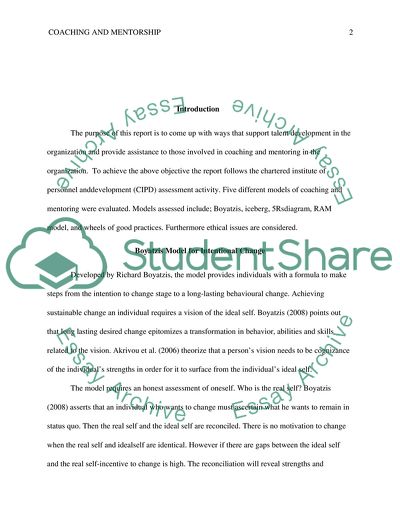Cite this document
(Developing coaching and mentoring within organisations Essay, n.d.)
Developing coaching and mentoring within organisations Essay. https://studentshare.org/human-resources/1861048-developing-coaching-and-mentoring-within-organisations
Developing coaching and mentoring within organisations Essay. https://studentshare.org/human-resources/1861048-developing-coaching-and-mentoring-within-organisations
(Developing Coaching and Mentoring Within Organisations Essay)
Developing Coaching and Mentoring Within Organisations Essay. https://studentshare.org/human-resources/1861048-developing-coaching-and-mentoring-within-organisations.
Developing Coaching and Mentoring Within Organisations Essay. https://studentshare.org/human-resources/1861048-developing-coaching-and-mentoring-within-organisations.
“Developing Coaching and Mentoring Within Organisations Essay”. https://studentshare.org/human-resources/1861048-developing-coaching-and-mentoring-within-organisations.


